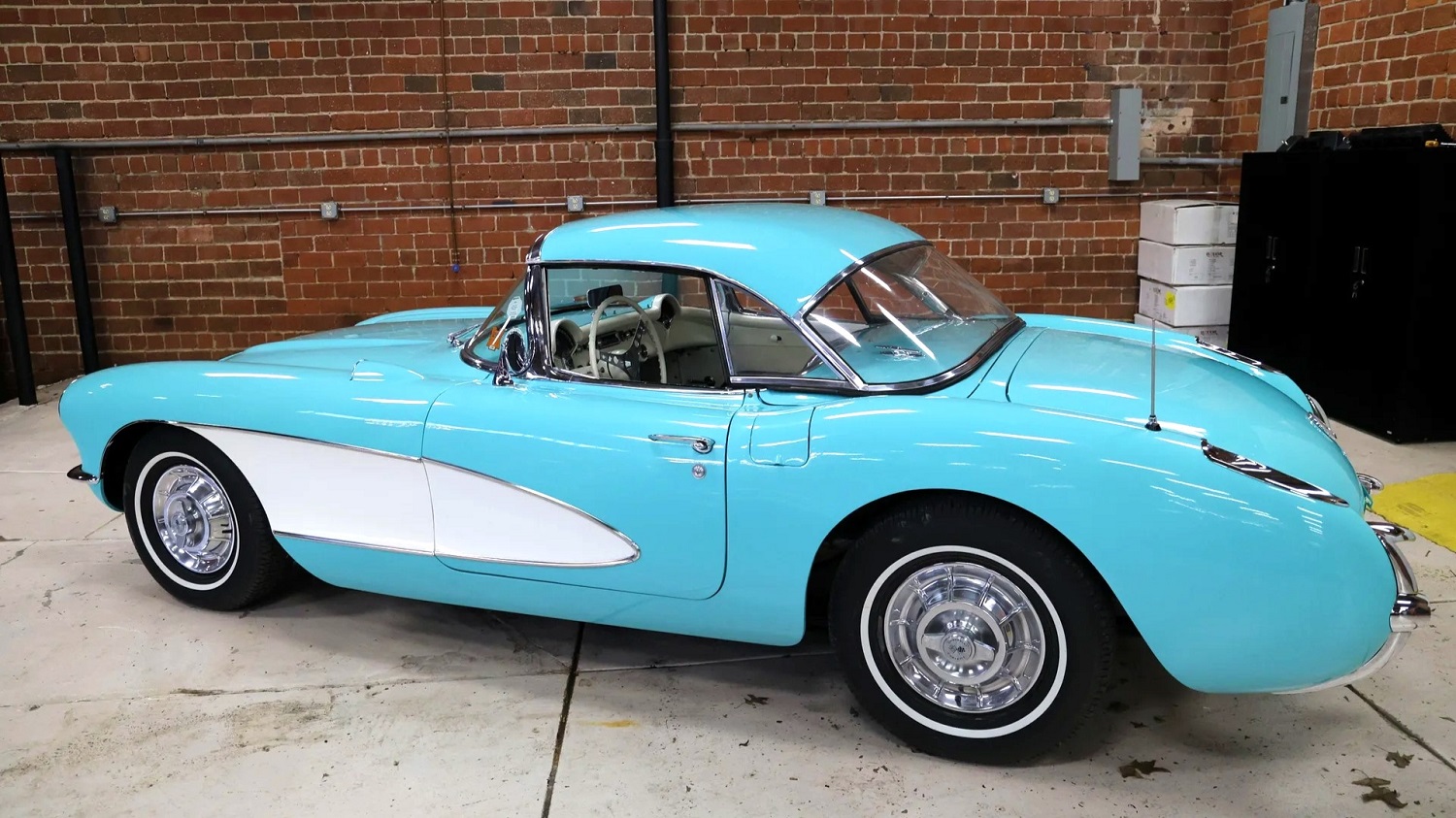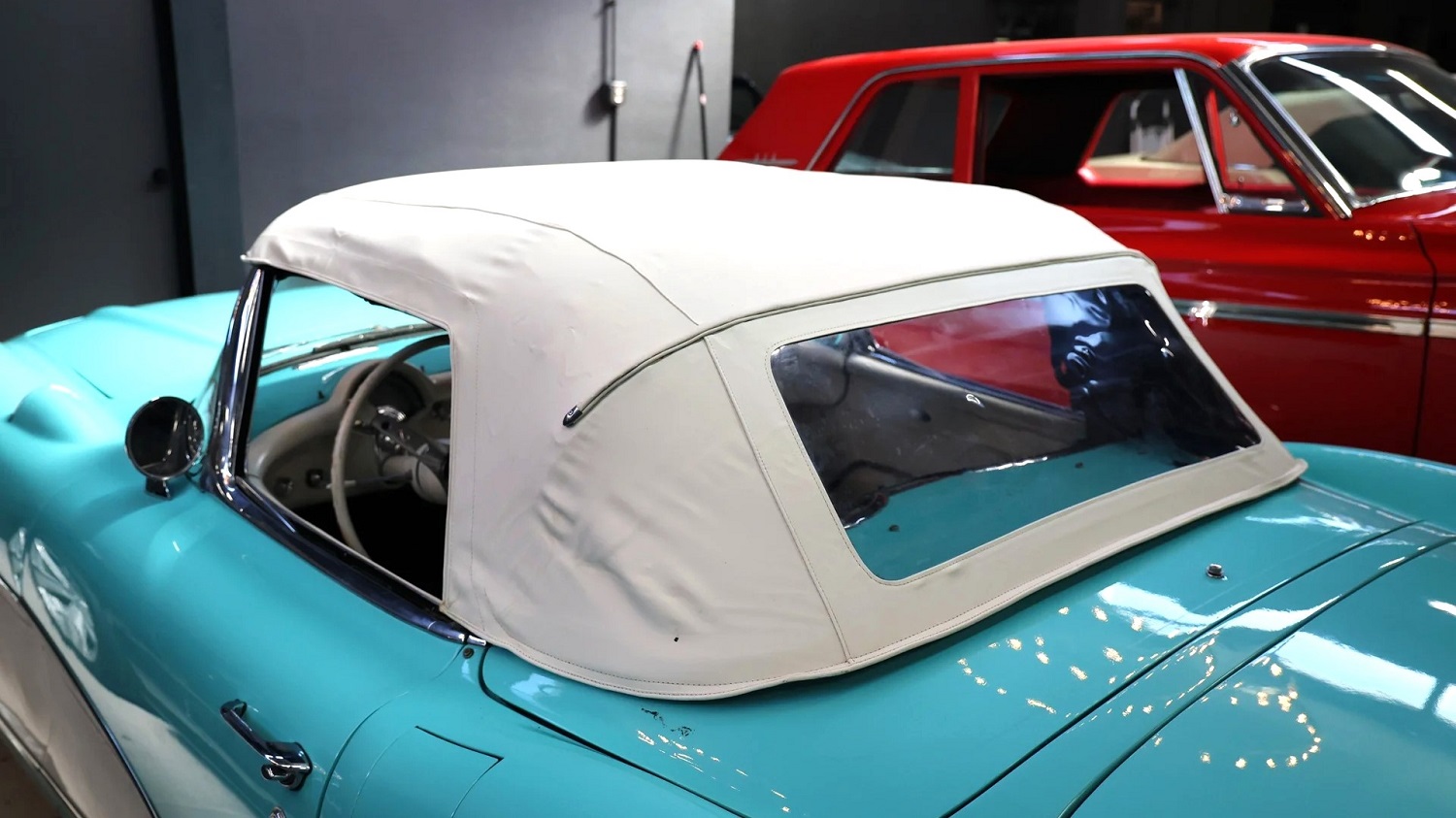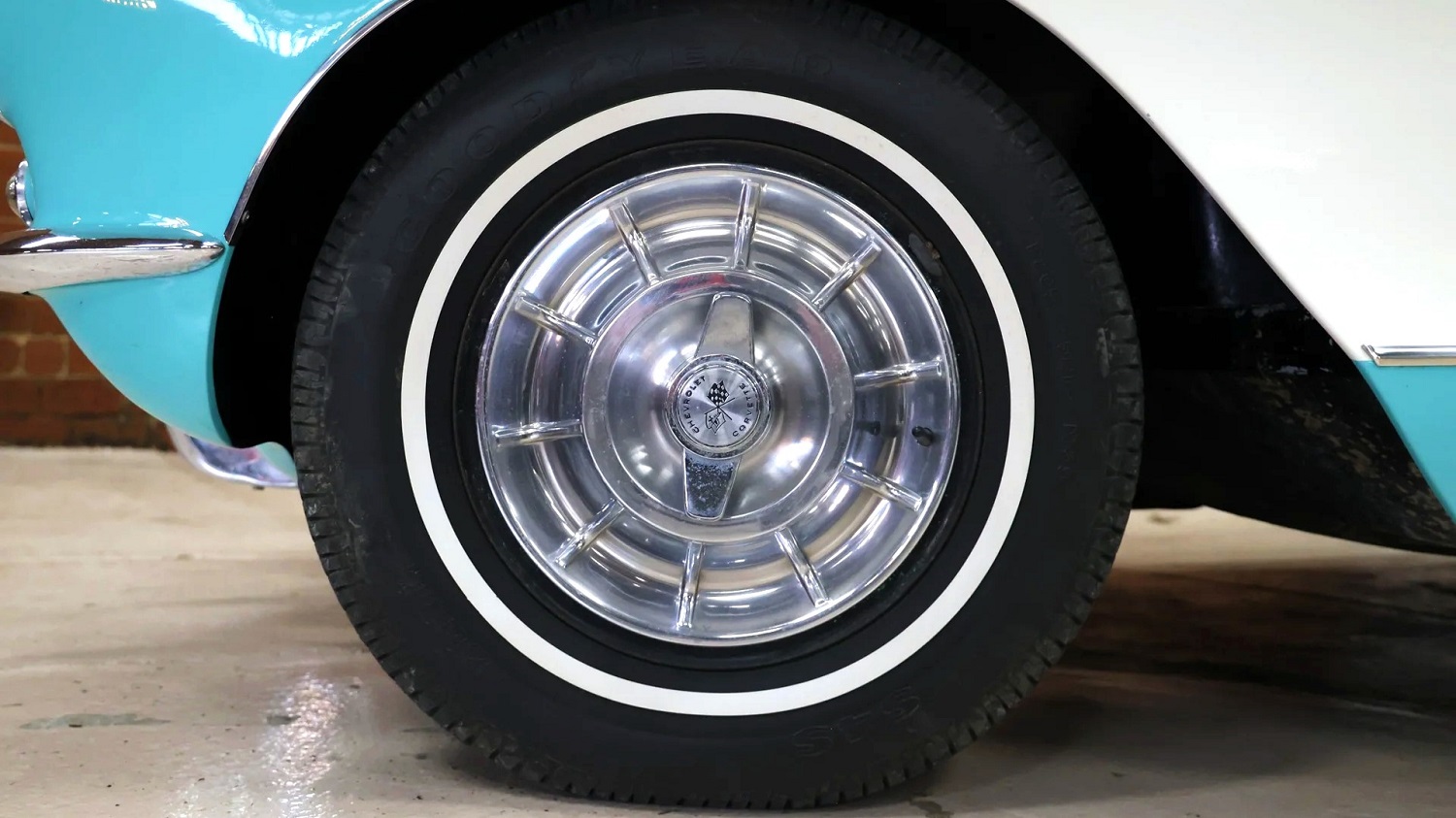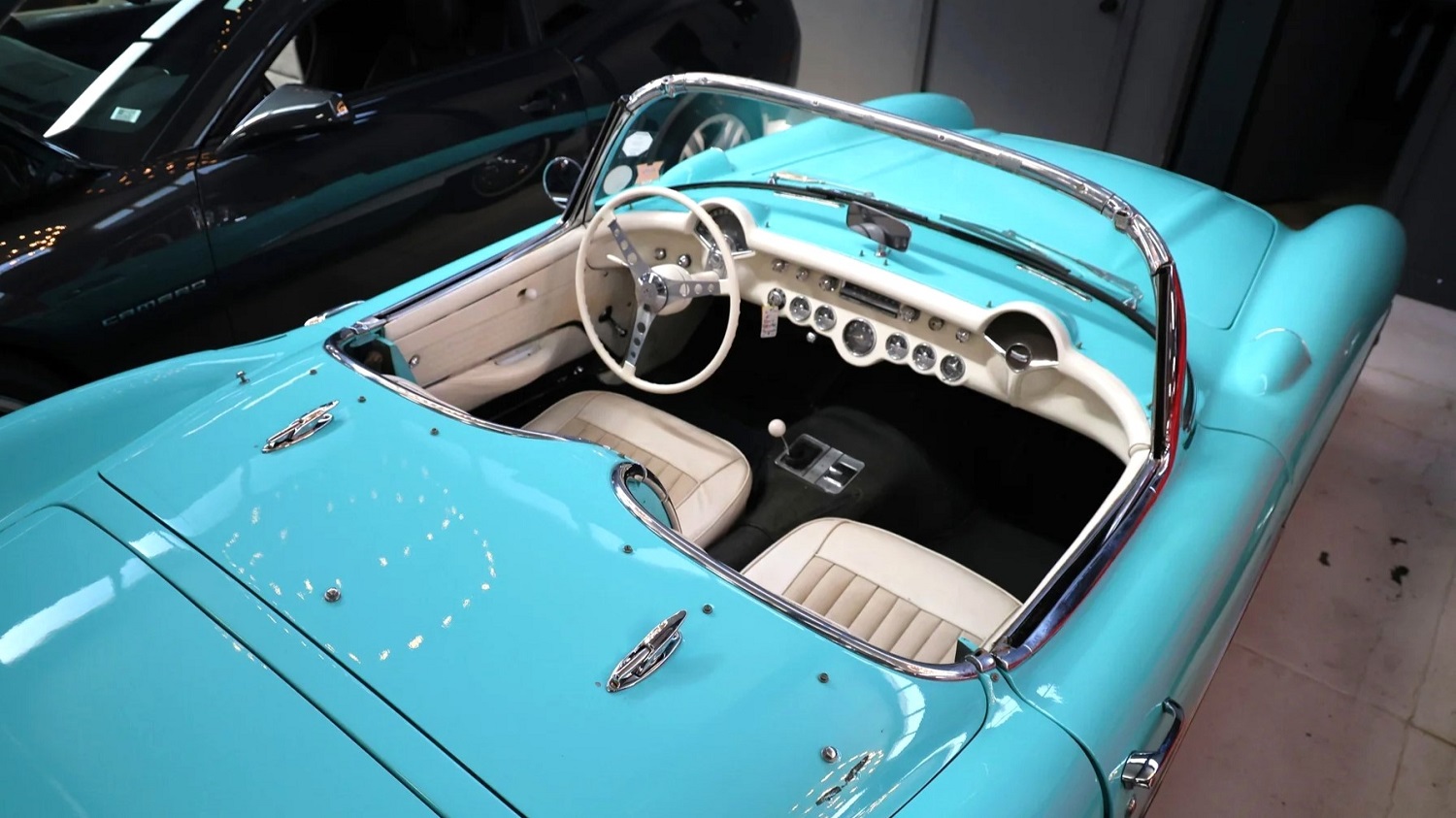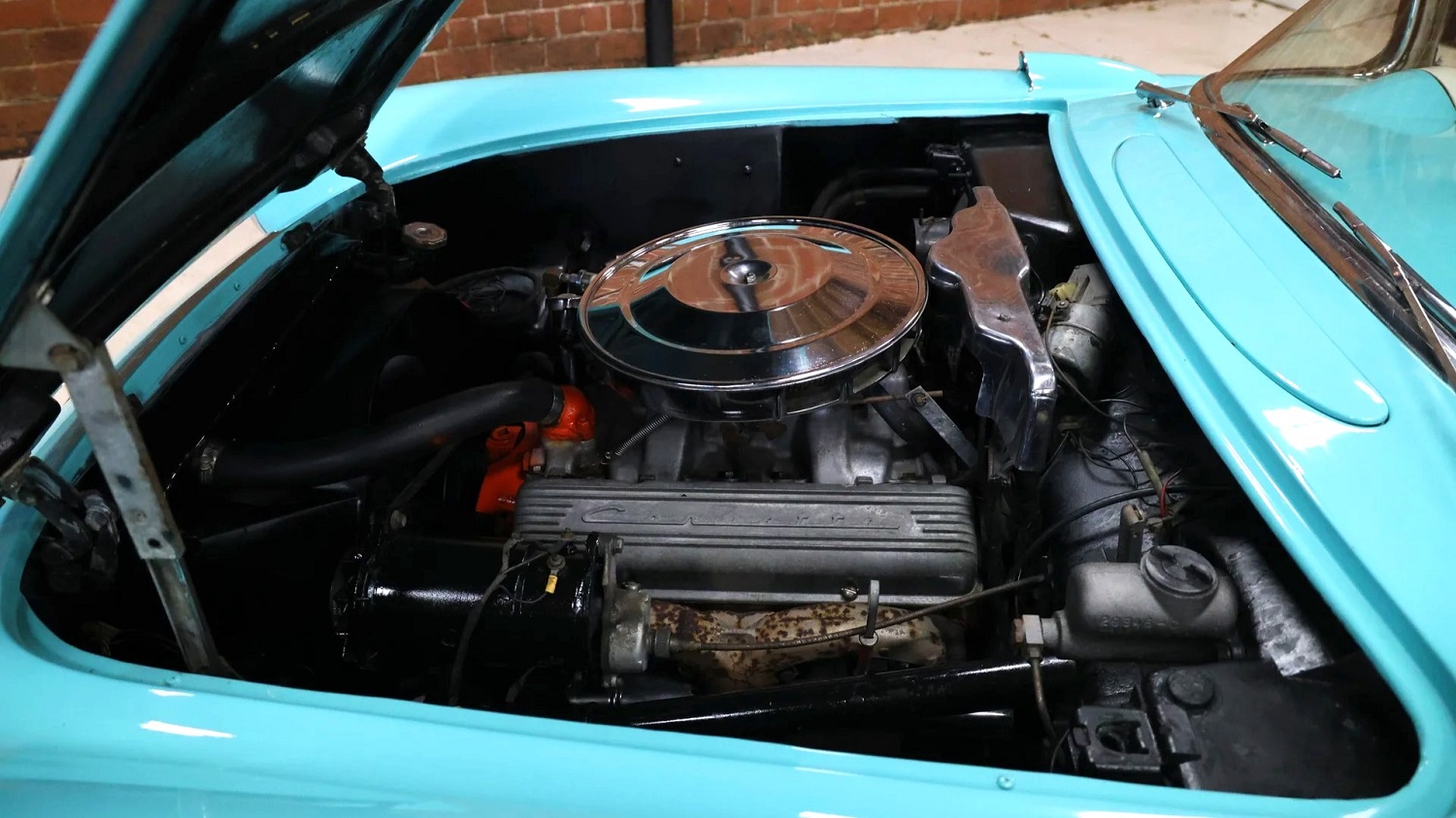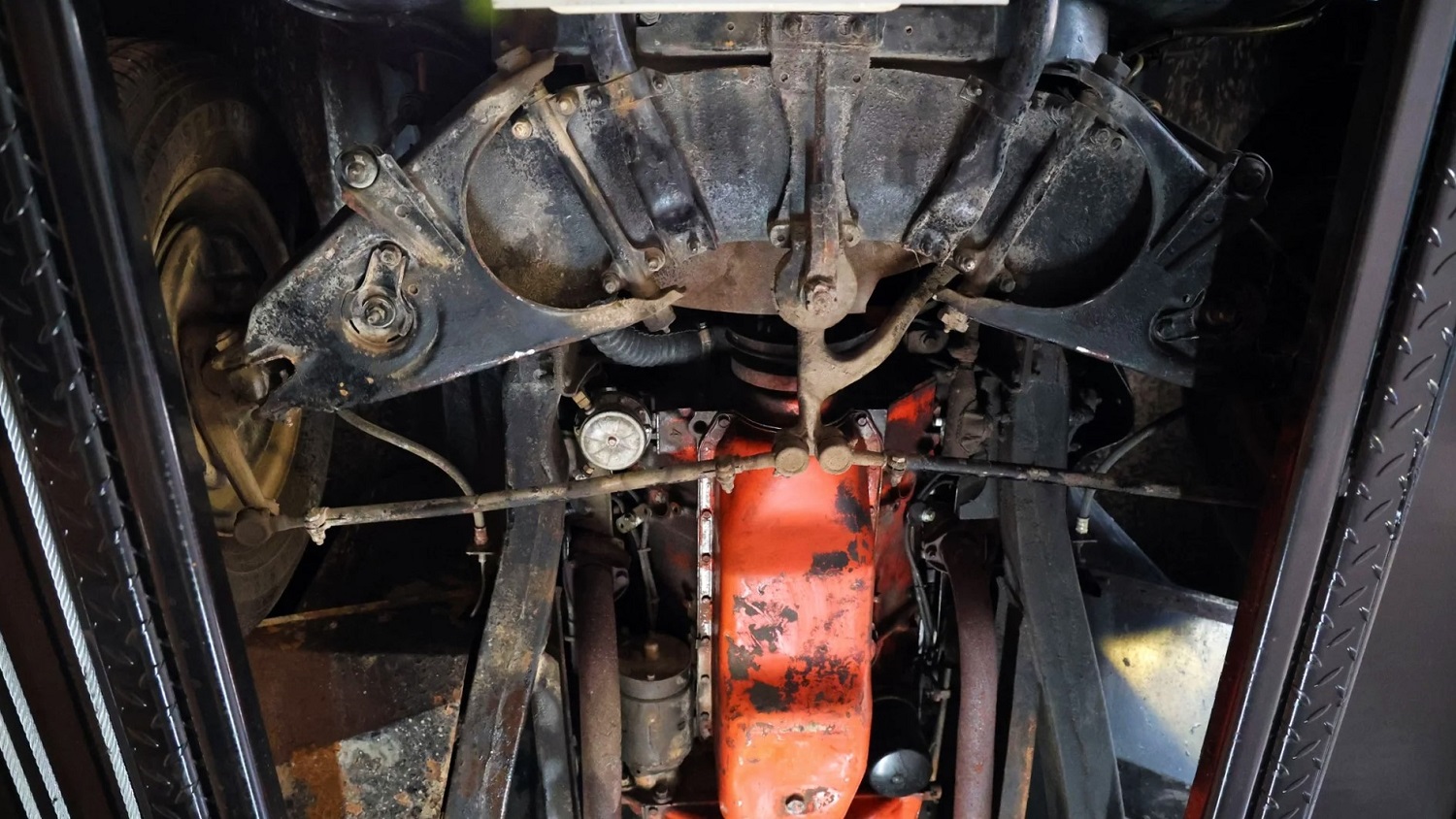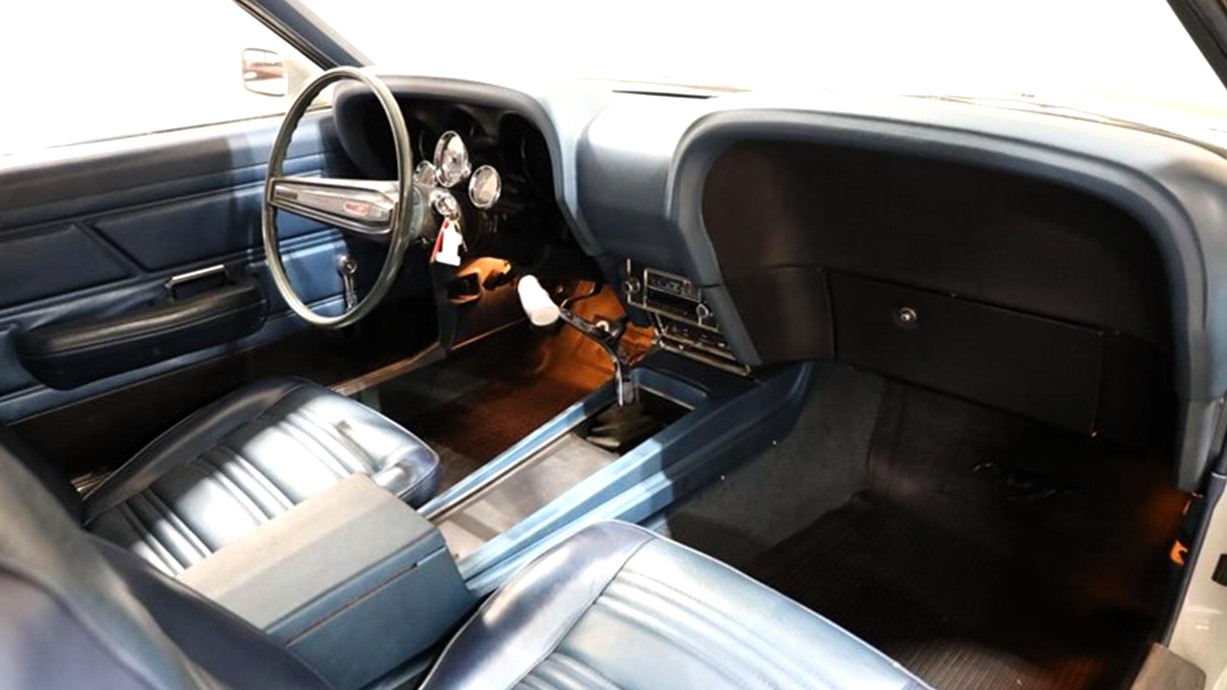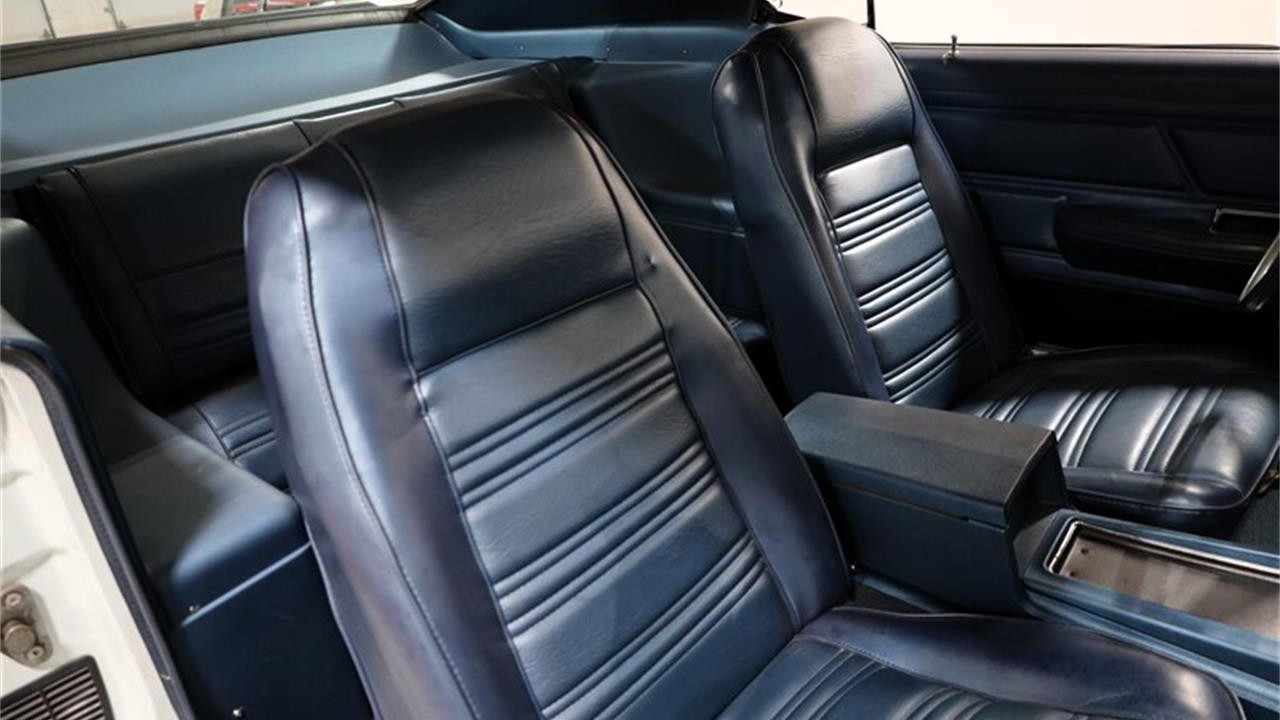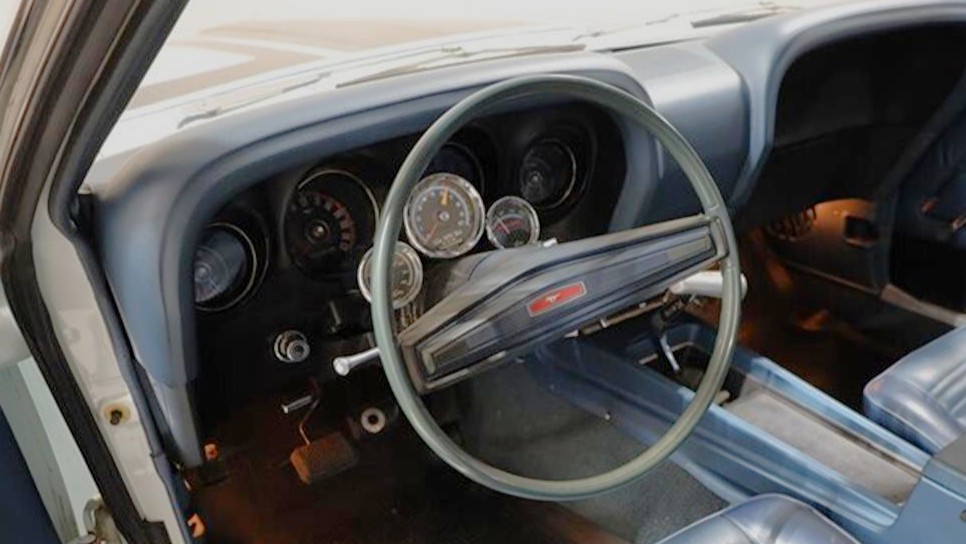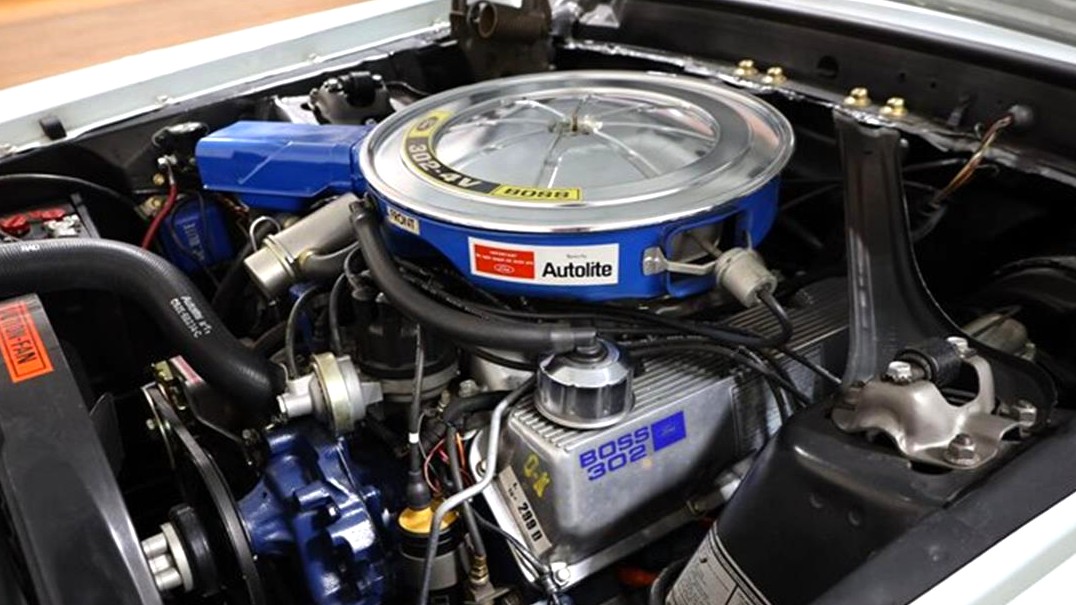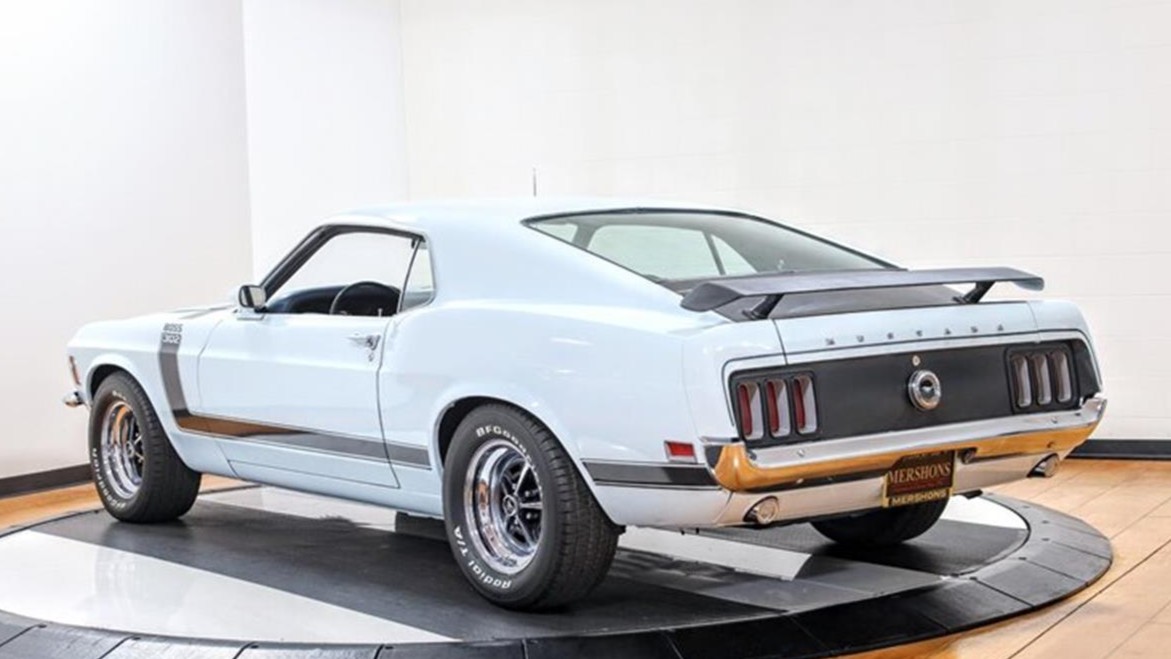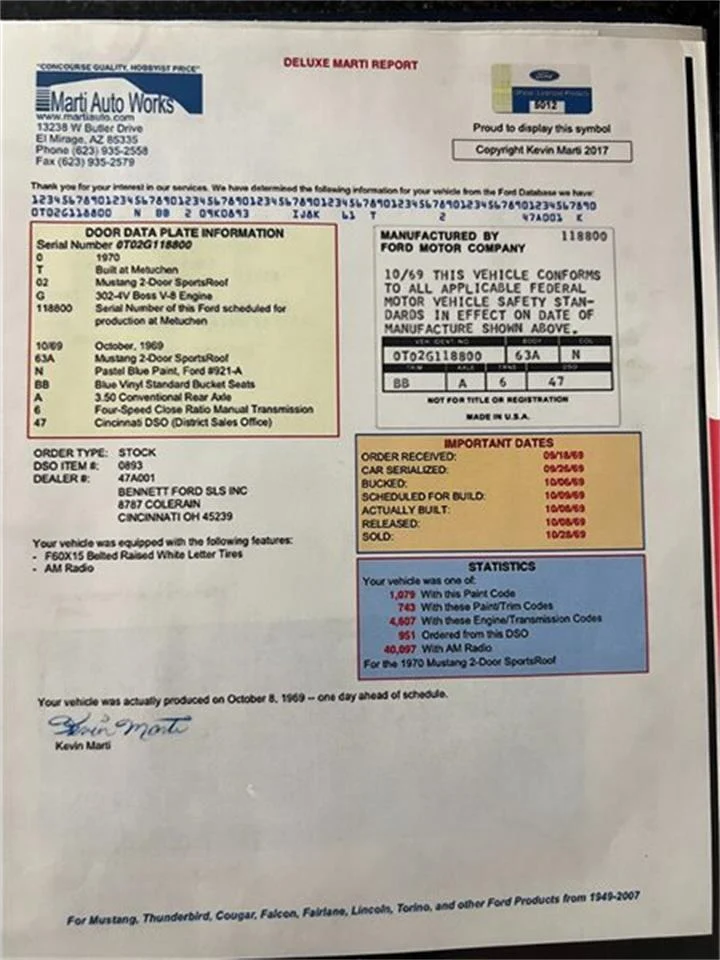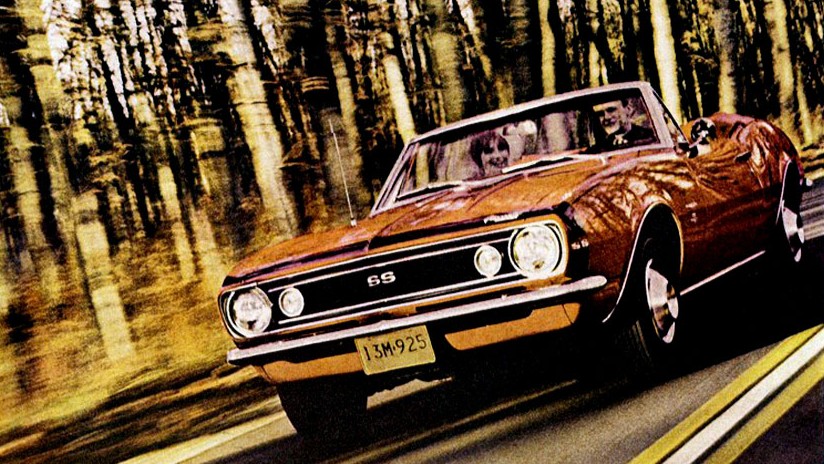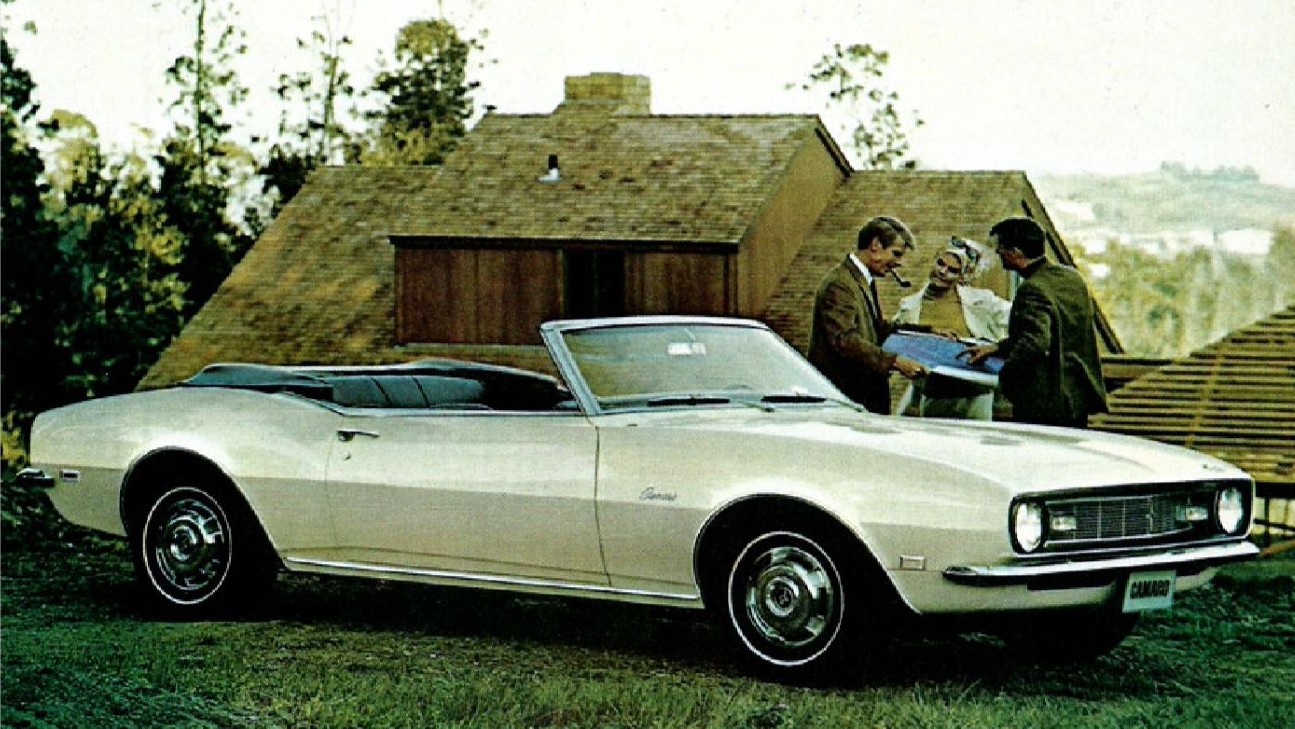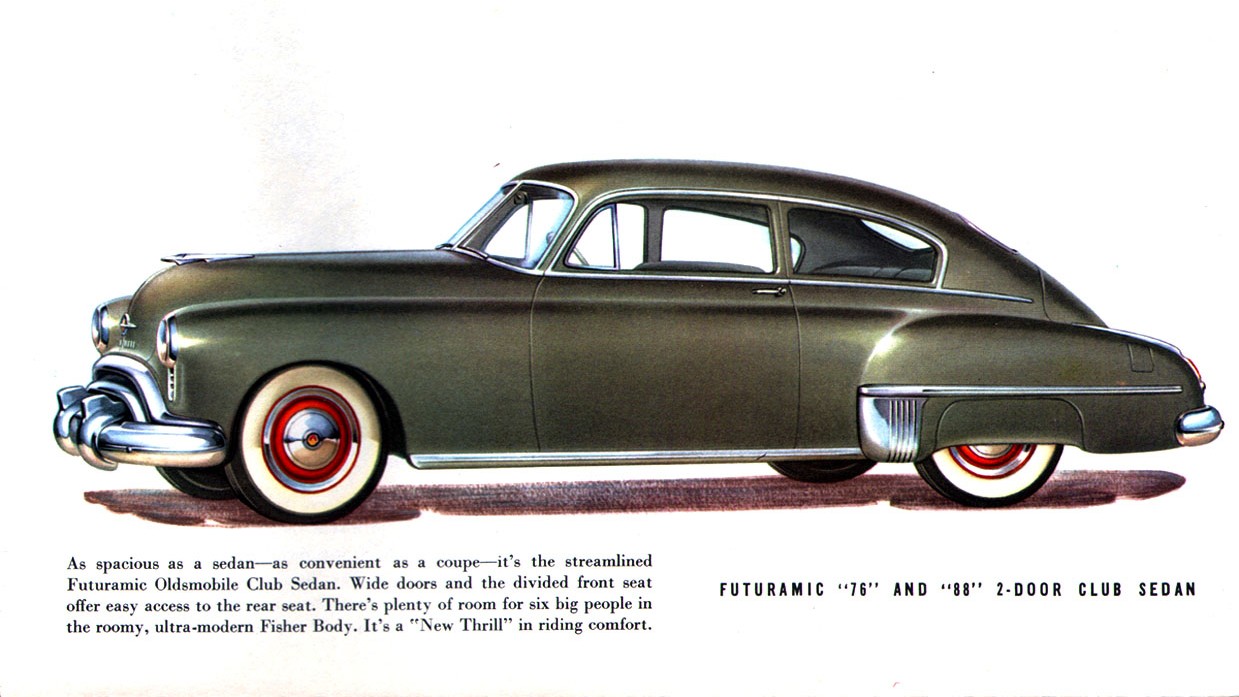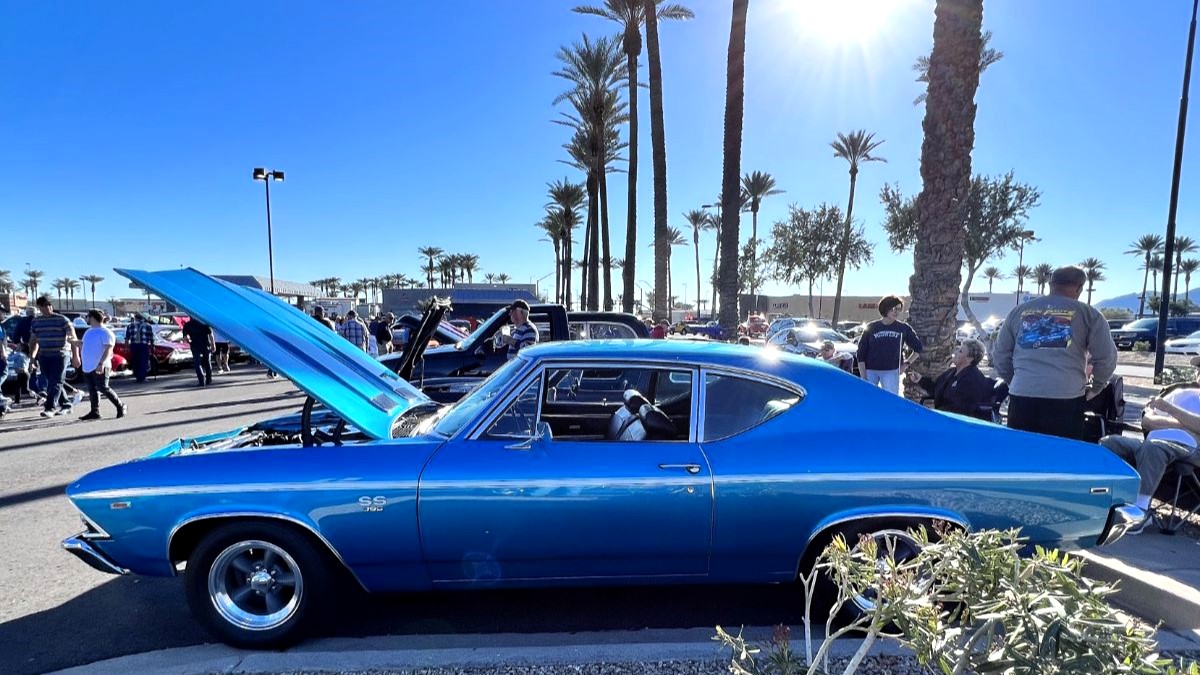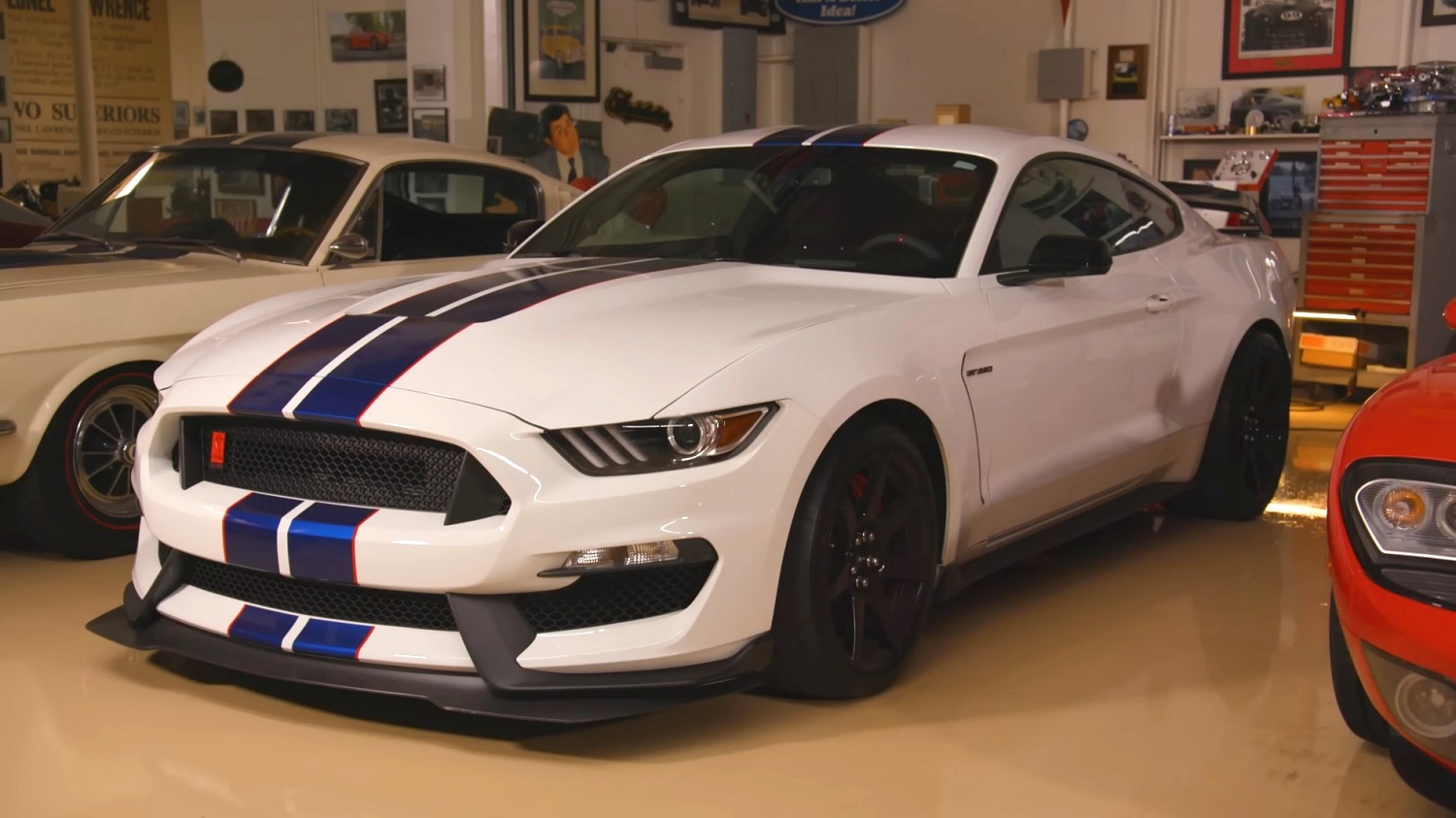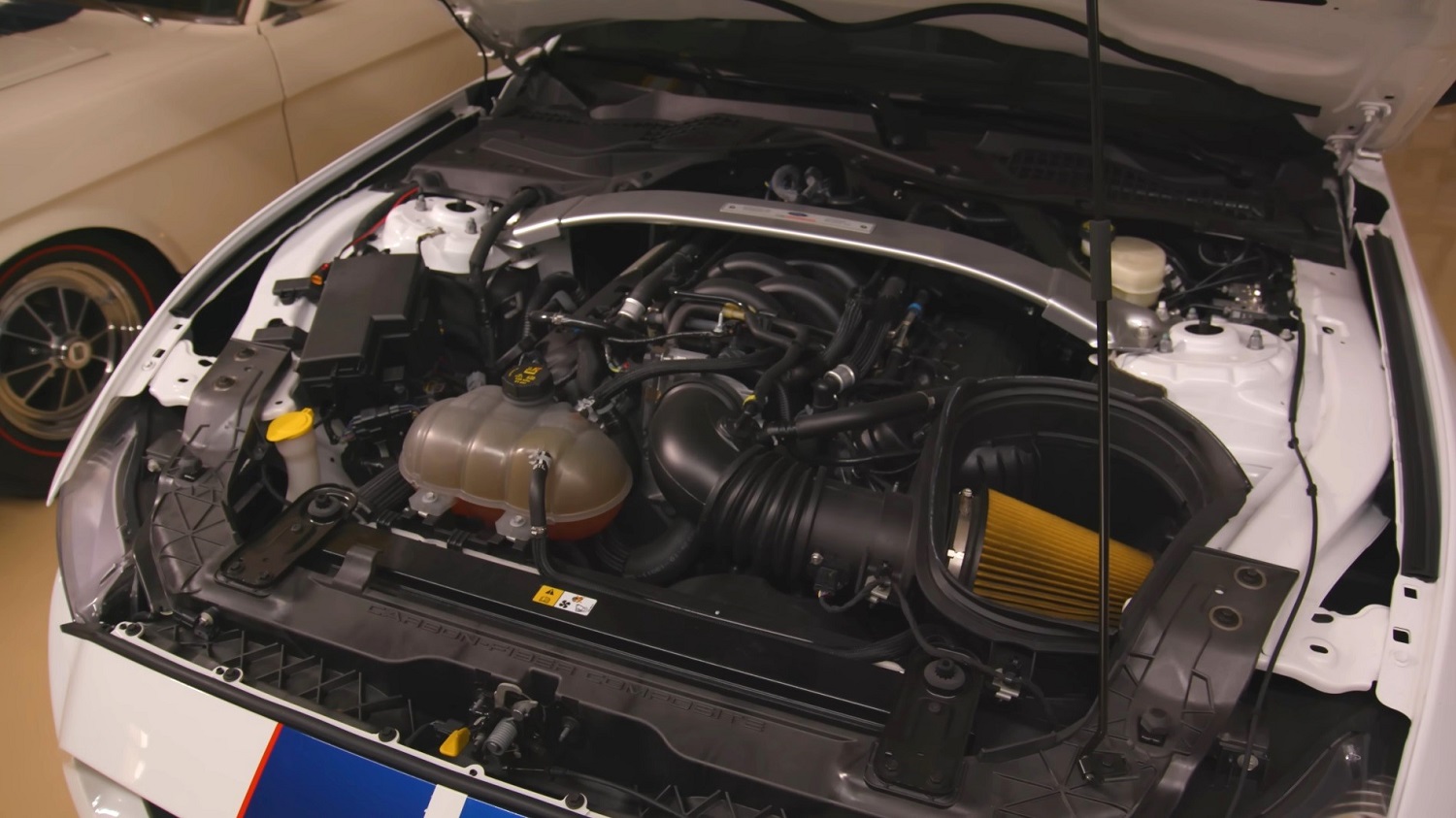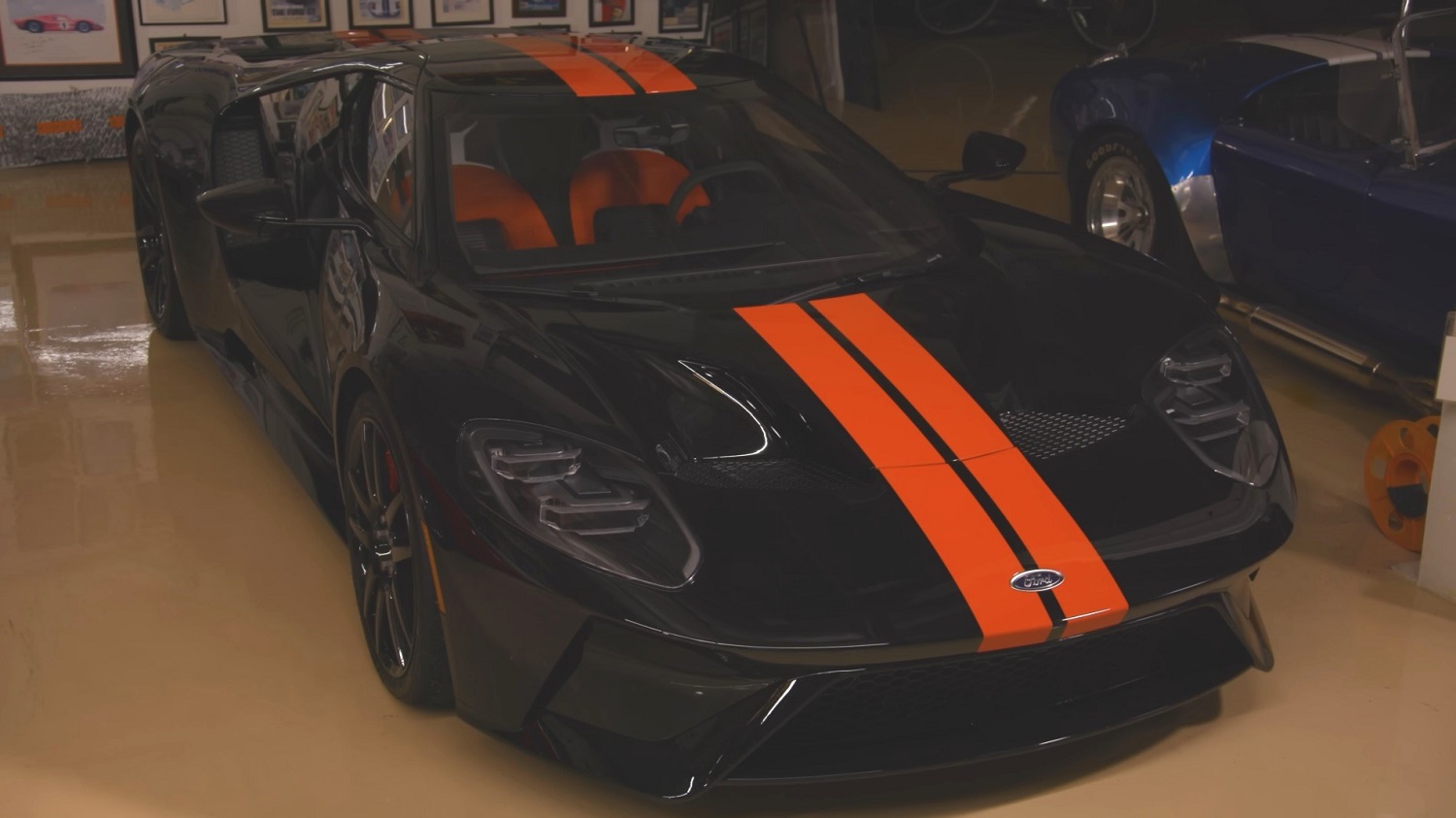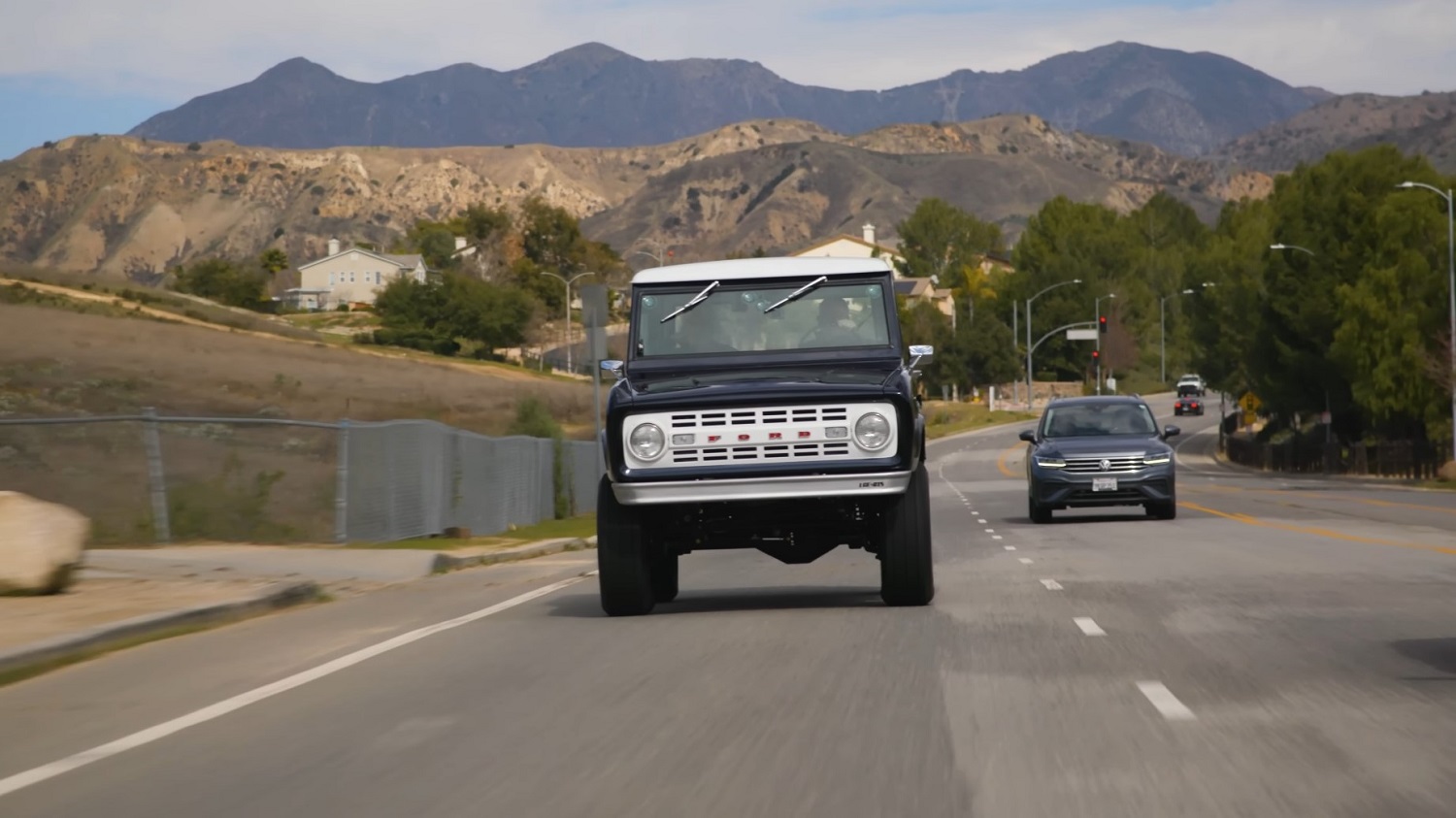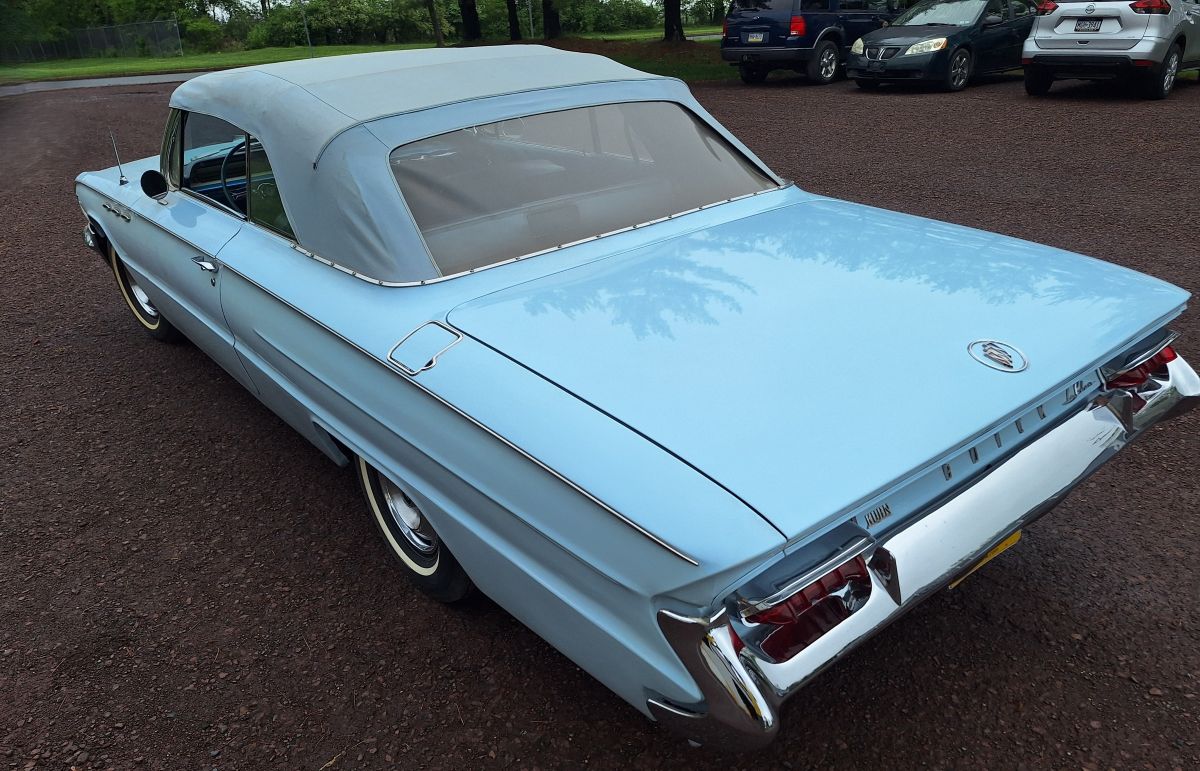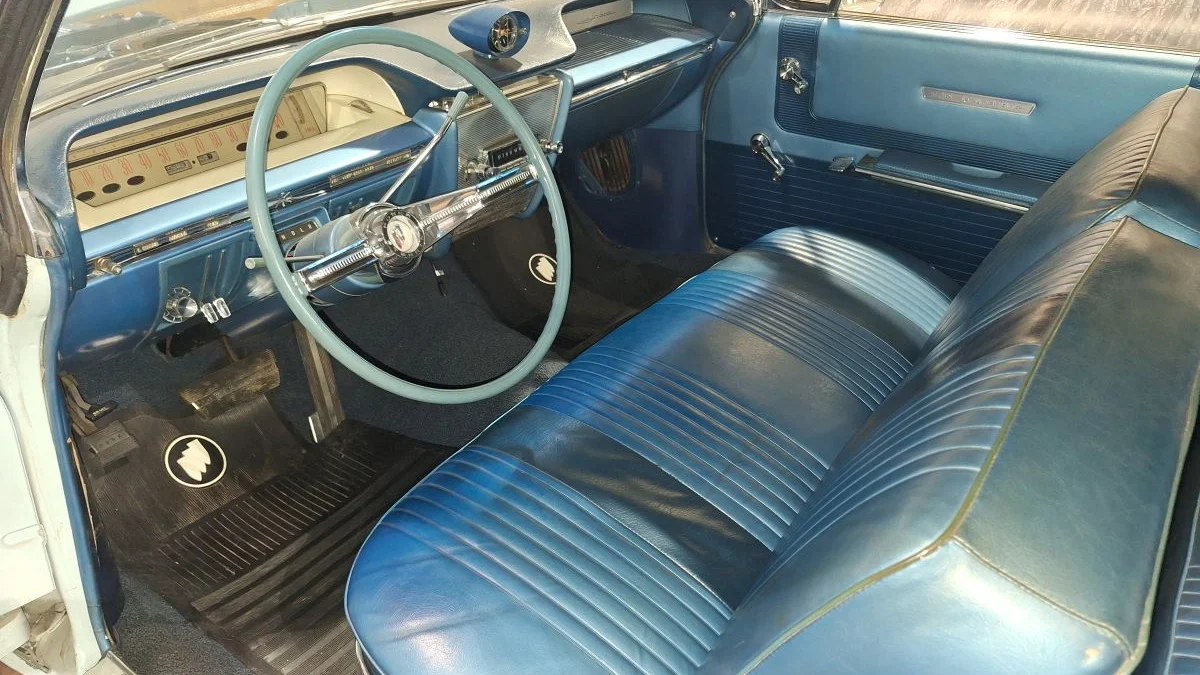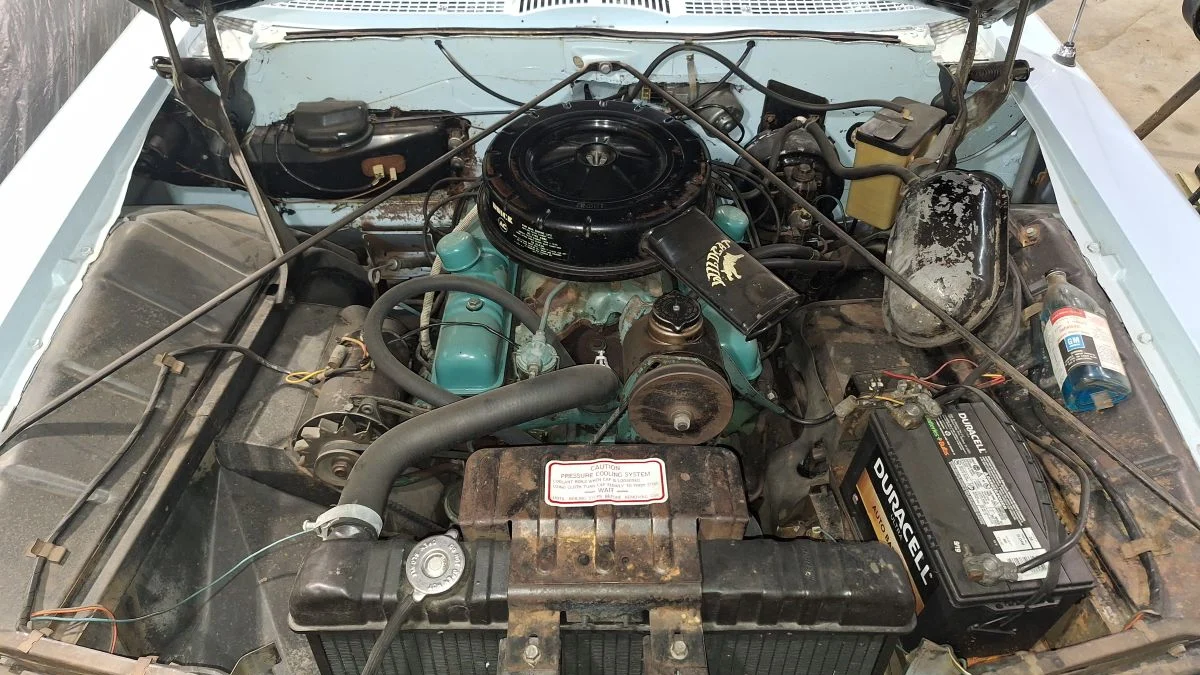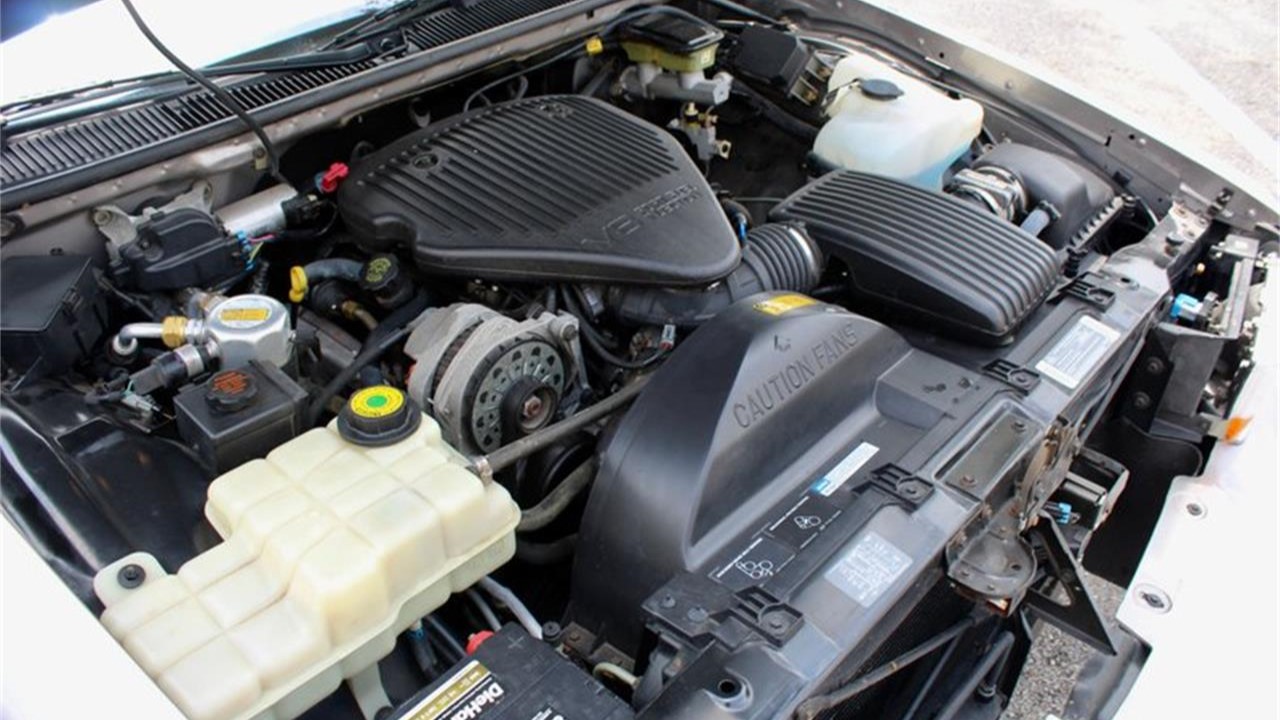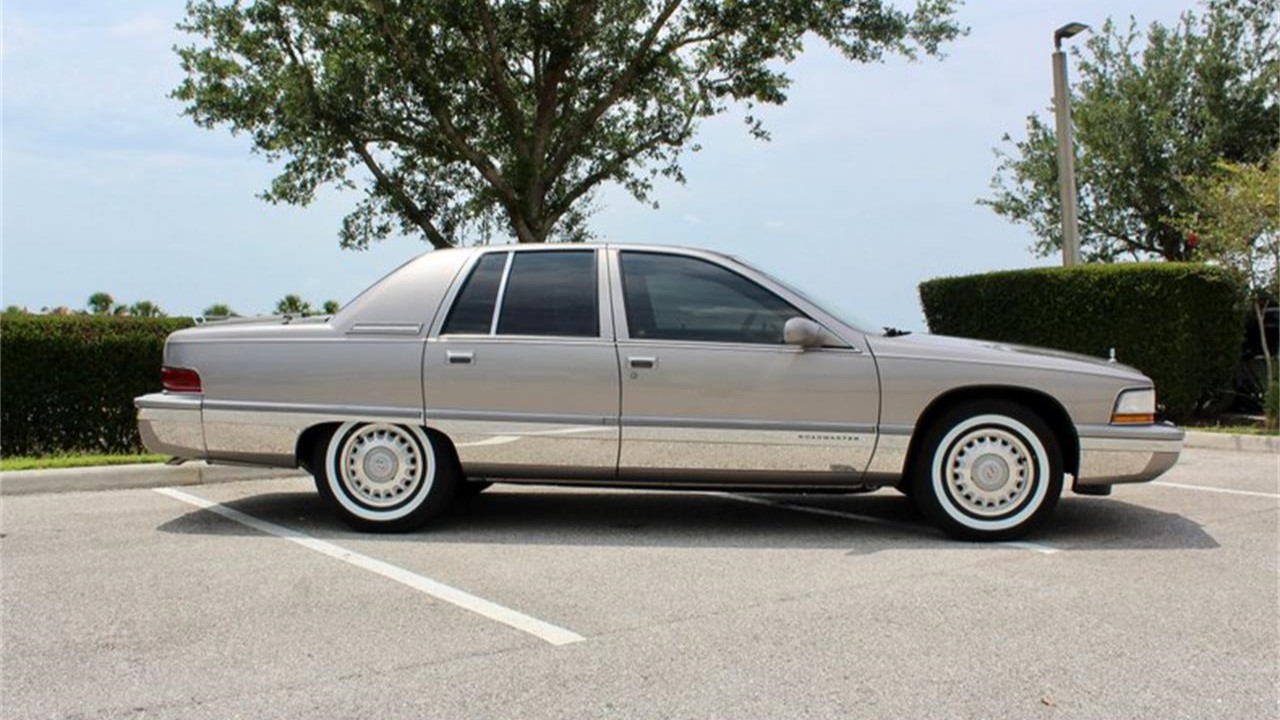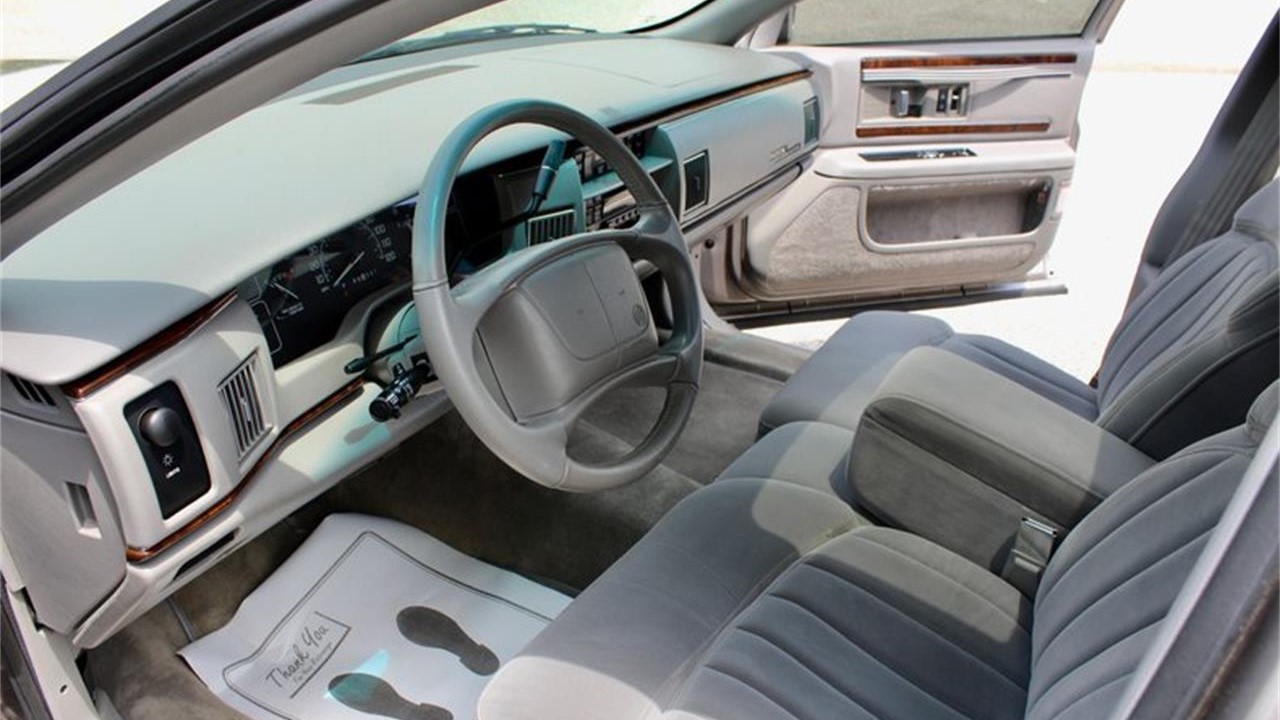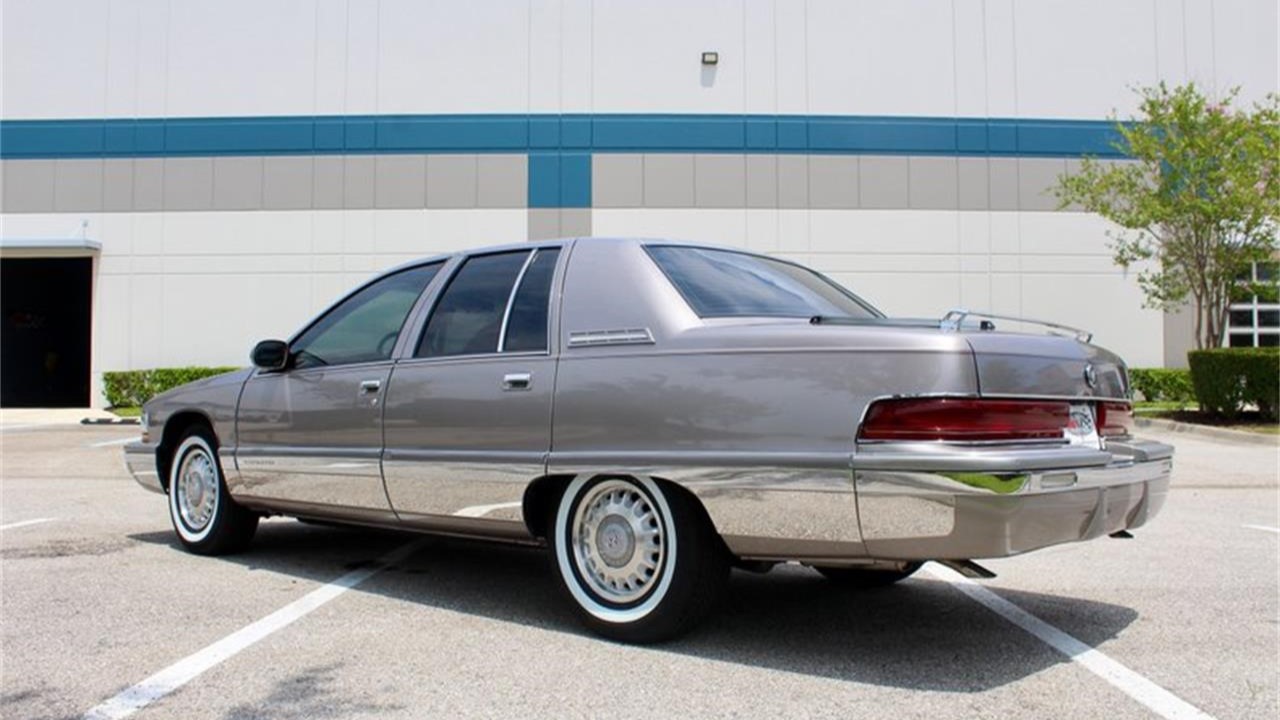Are you ready for summer? Automakers seem to be. Toyota has a new TRD Pro color for 2026 called Wave Maker. Ford Performance is offering a new Coastal Package for the 2025 Bronco four-door complete with a lift and colorful graphics. Now comes news of a 1-of-1 Palm Beach Edition DB12 Volante from a collaboration between Q by Aston Martin, the British automaker’s in-house bespoke division, and Aston Martin Palm Beach.
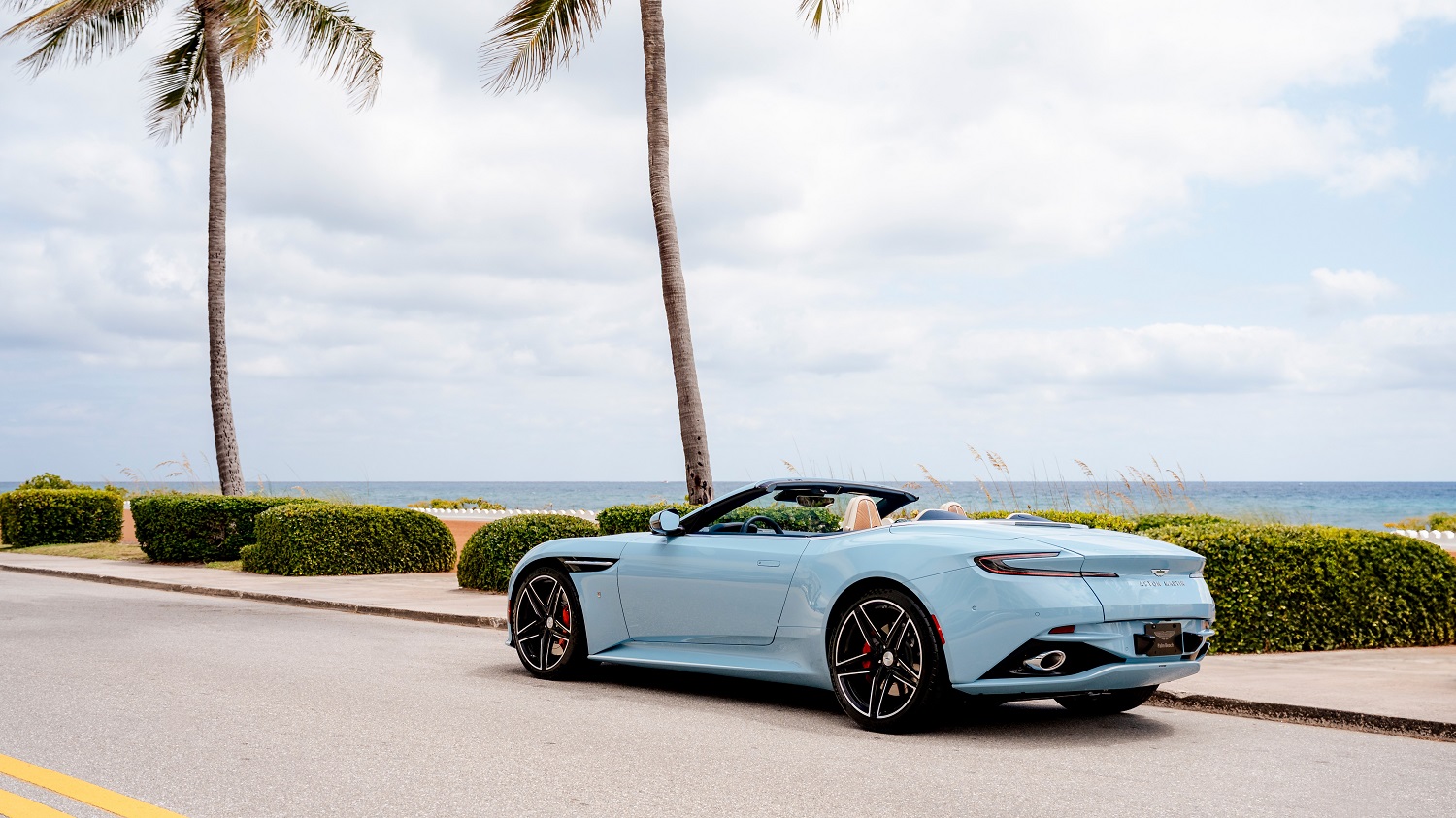
If you’ve never been to Palm Beach, Florida before, close your eyes and envision the ocean, sunshine, and palm trees, all of which are represented in this special DB12 Volante. According to Aston Martin, the exclusive Q by Aston Martin Frosted Glass Blue exterior paint was sprayed by hand and “exhibits qualities unique to the use of glass flakes within the topcoat, creating the unmistakeably mesmerising shimmer effect that perfectly encapsulates the south Florida sun.”
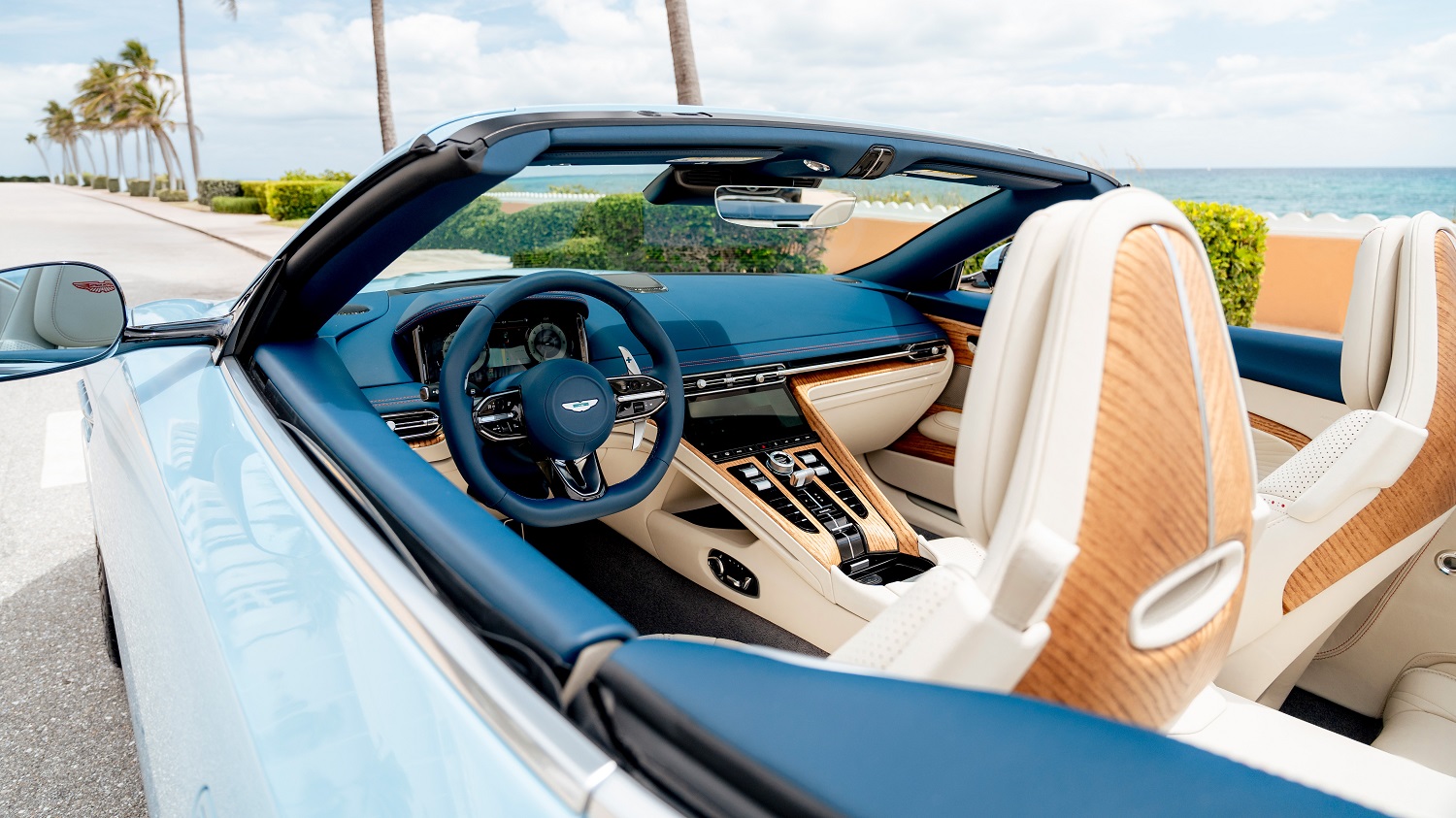
The eight-layer fabric power top lowers in 14 seconds to let in the rays and the coastal breeze, which will probably feel like a hurricane when the 670-horsepower 4.0-liter twin-turbo V8 is fully opened up.
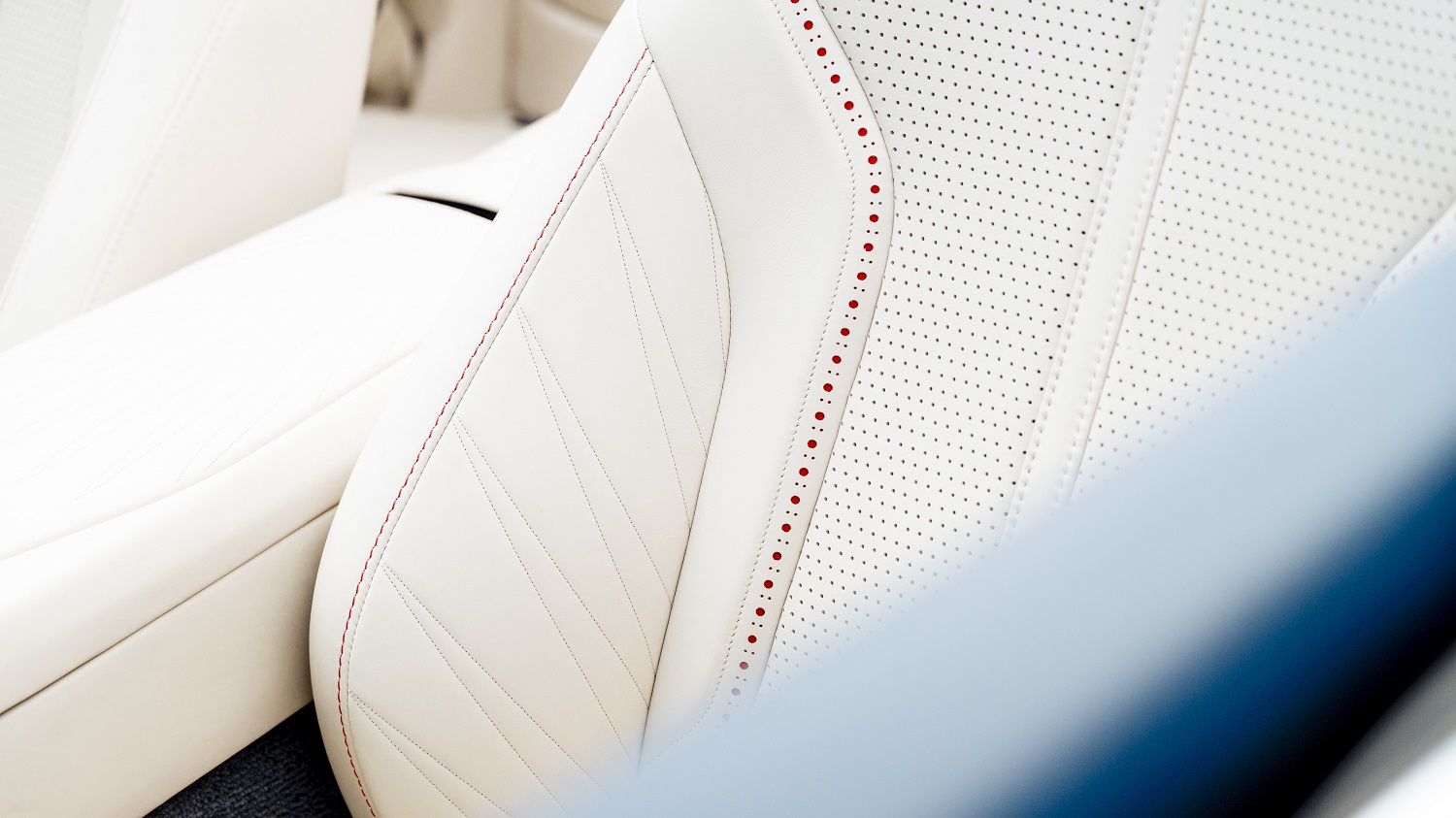
A palm leaf motif is visible on everything from the aluminum side strakes above the front Gloss Jet Black diamond-turned wheels to the polished aluminum door sill plaques, Aurora Blue and Ivory leather seats, center armrest, and door panels. Although the wood accents were not cut from palm trees, Aston Martin chose open-pore Linear Light Olive Ash book-matched wood trim because its texture is similar. There are even more book-matched veneers – with a palm leaf pattern, of course – on the back of the seats. Should the well-heeled owner of this one-off happen to be far away from Palm Beach, they’ll know how to get there after they punch in the city’s latitude and longitude coordinates embossed on the leather dashboard into the DB12 Volante’s bespoke infotainment system.
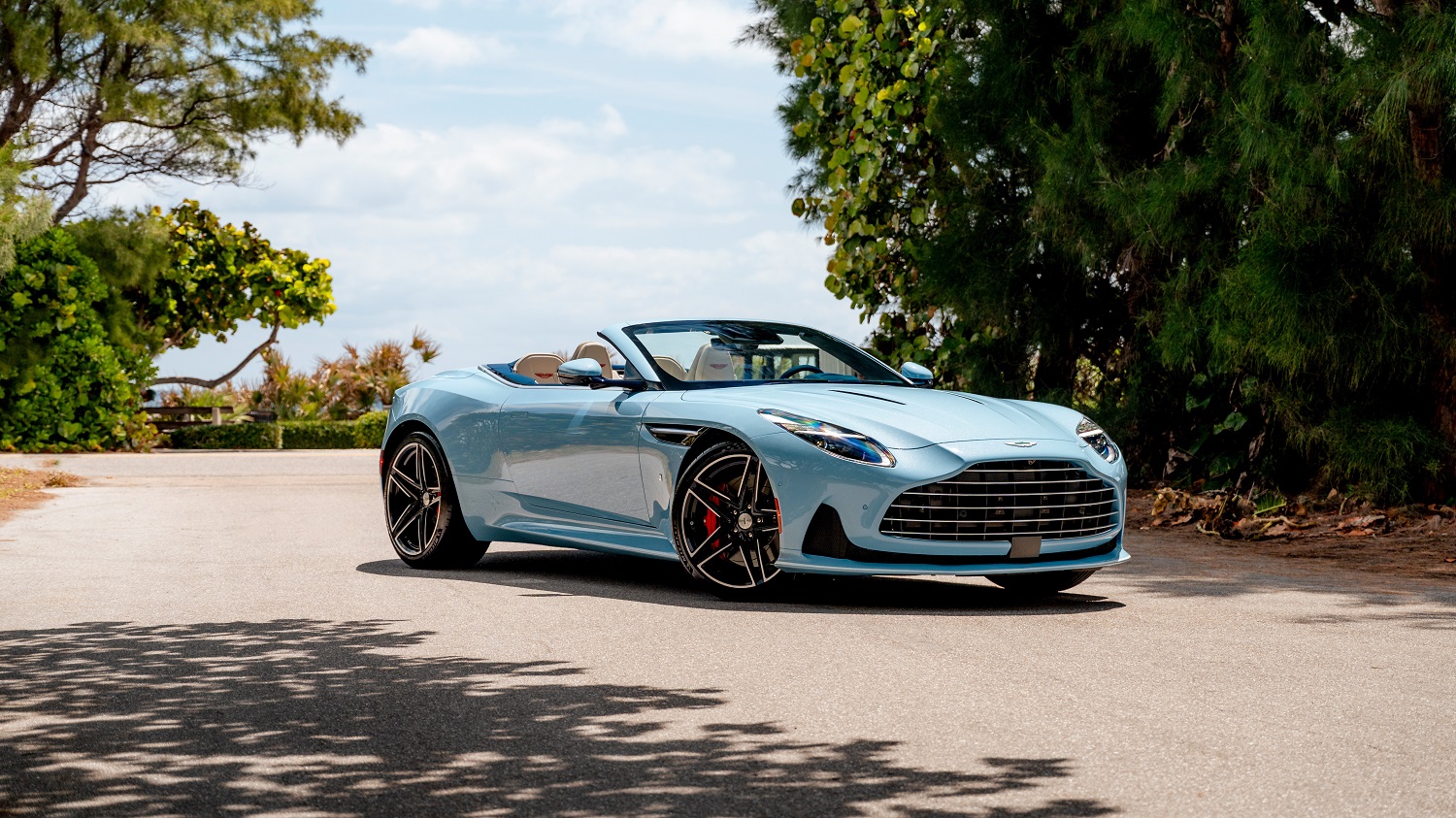
If you happen to be in Palm Beach in the near future and see this ultra-exclusive Aston, consider yourself lucky. If you don’t spot it, you’ll still be in Palm Beach so don’t get down (unless it’s hurricane season).
